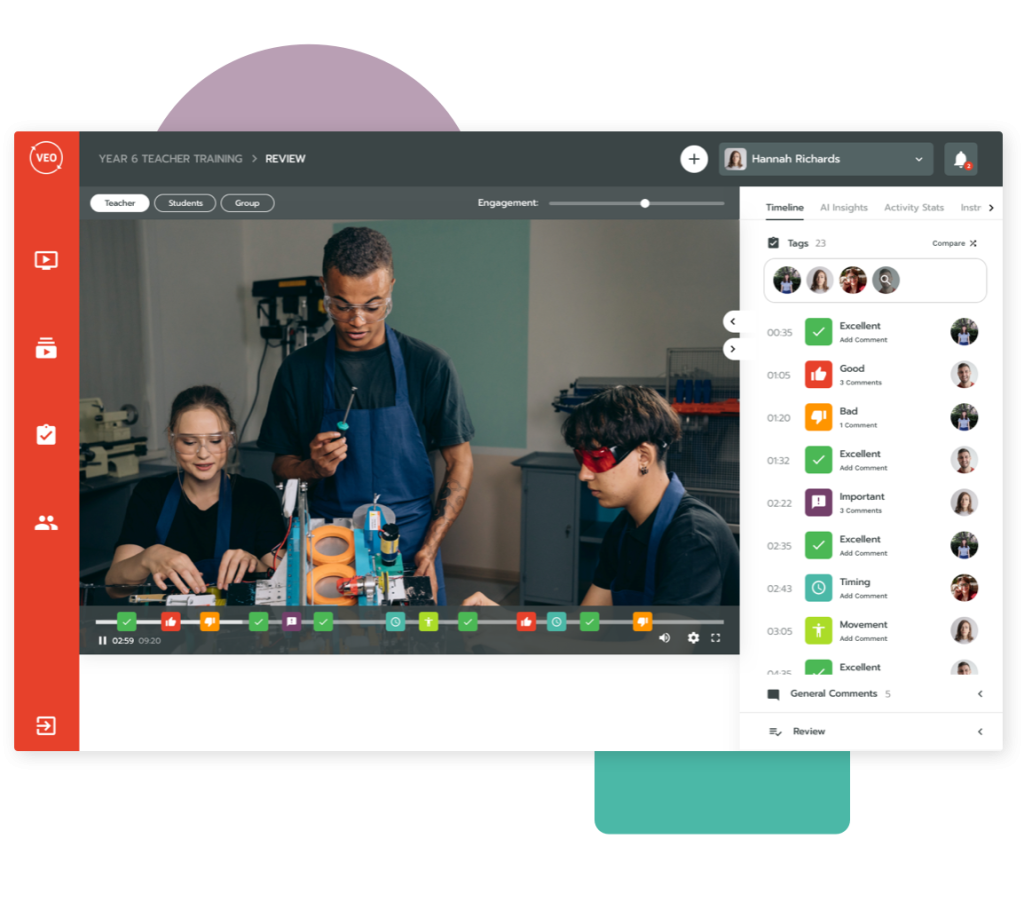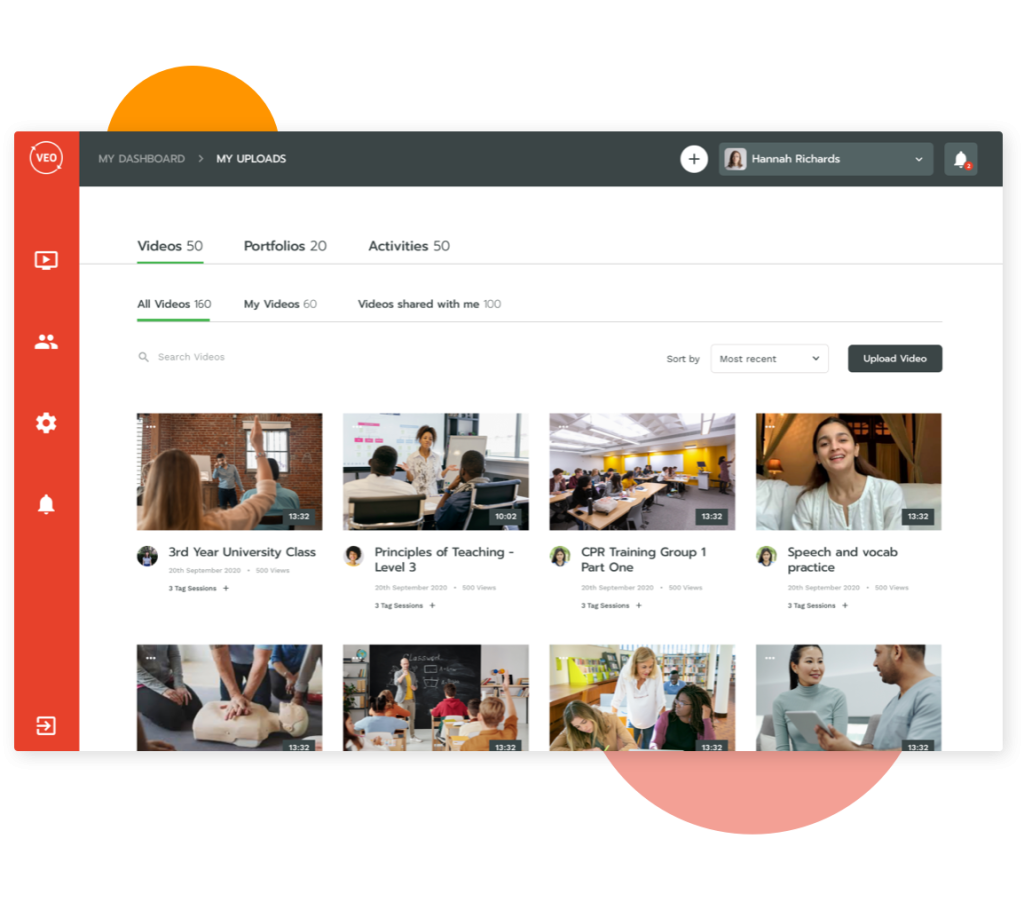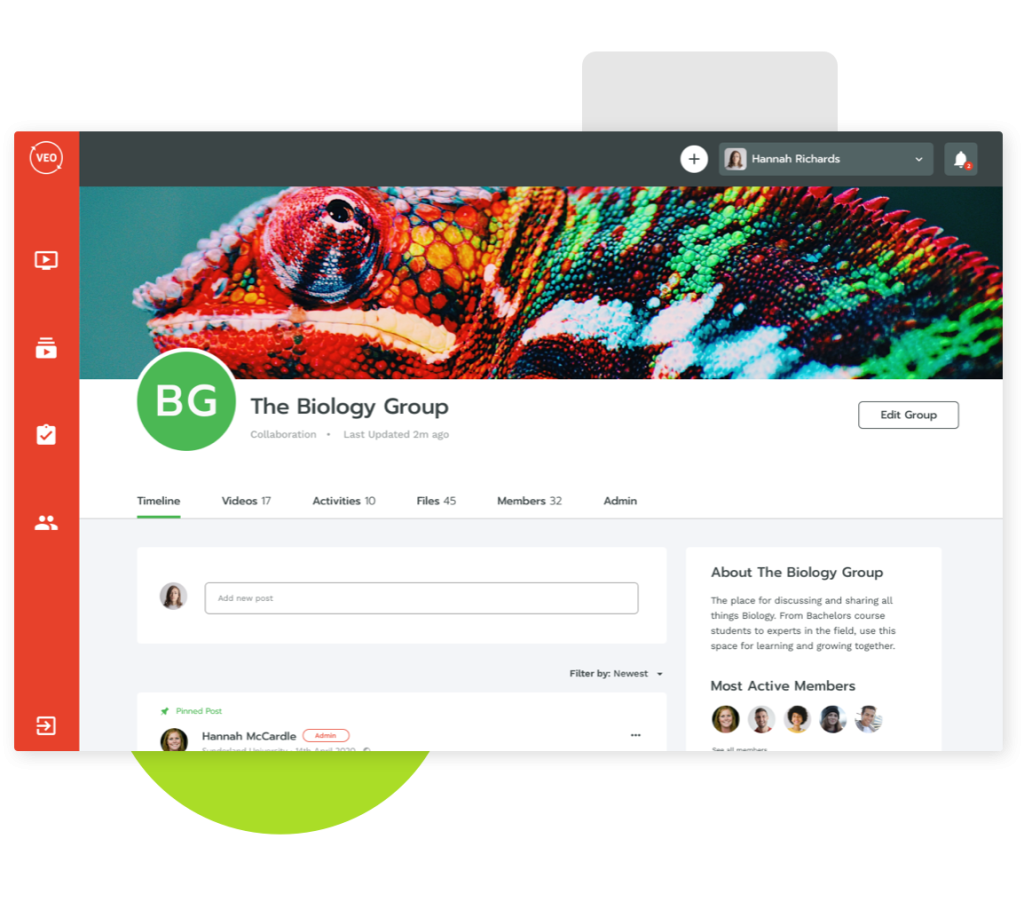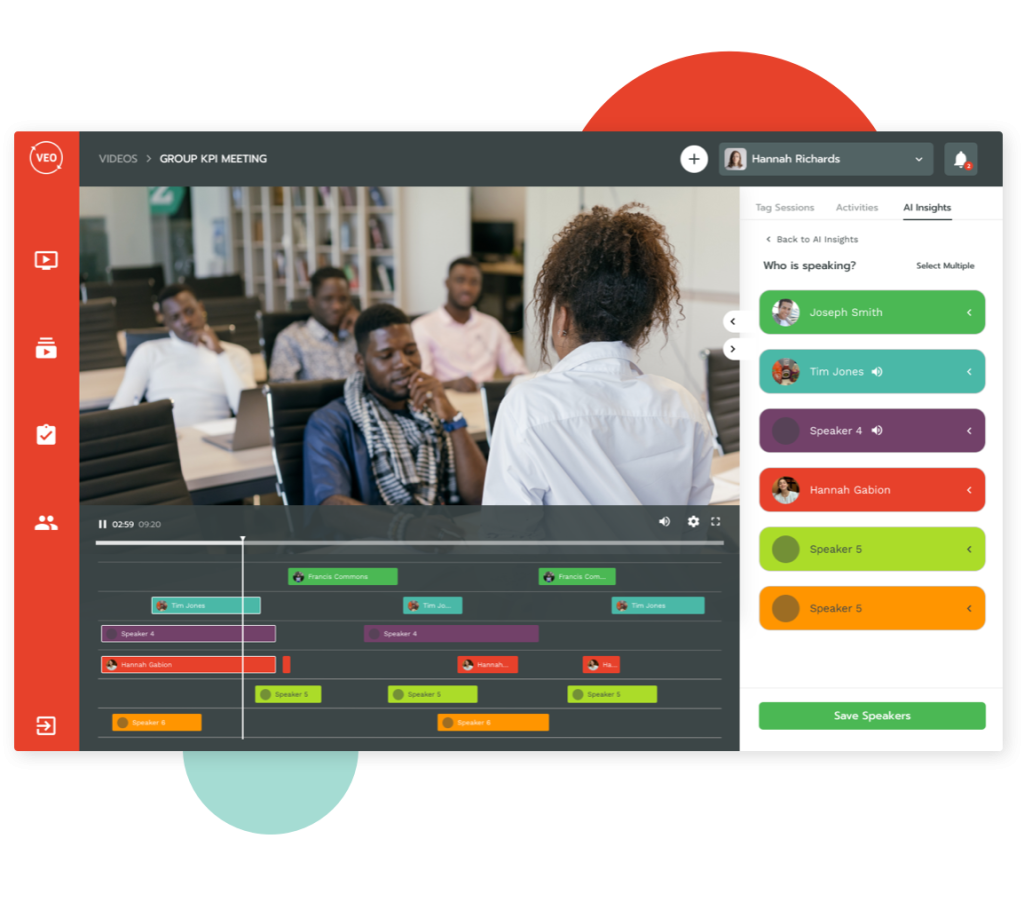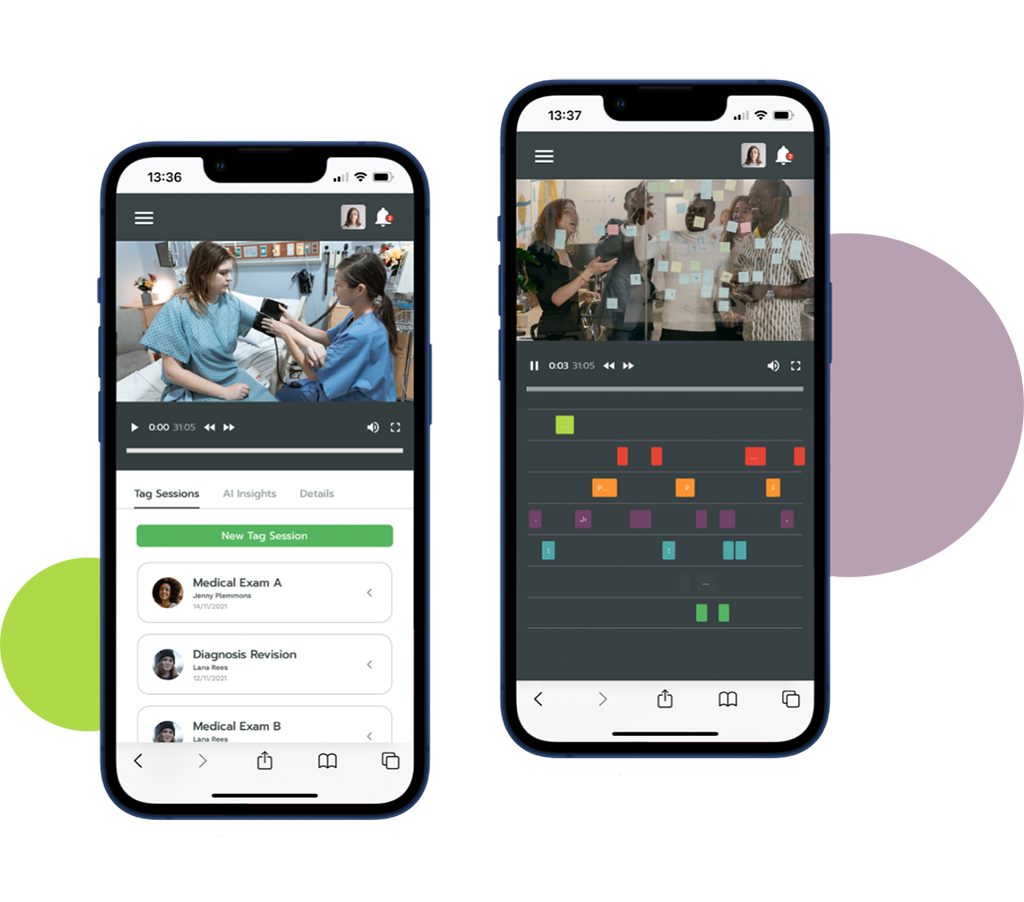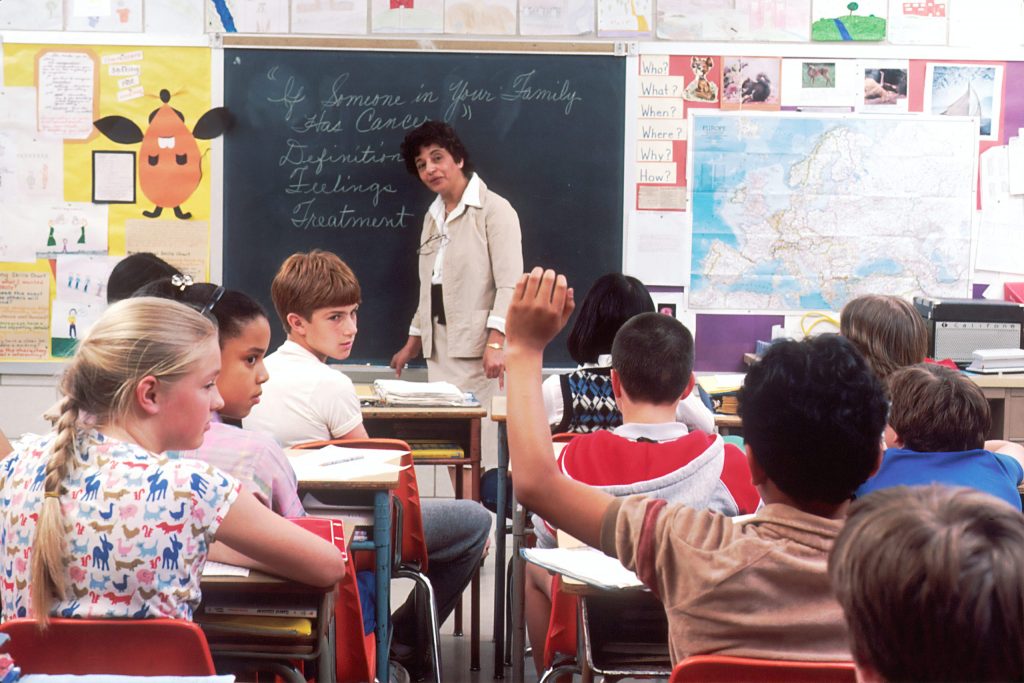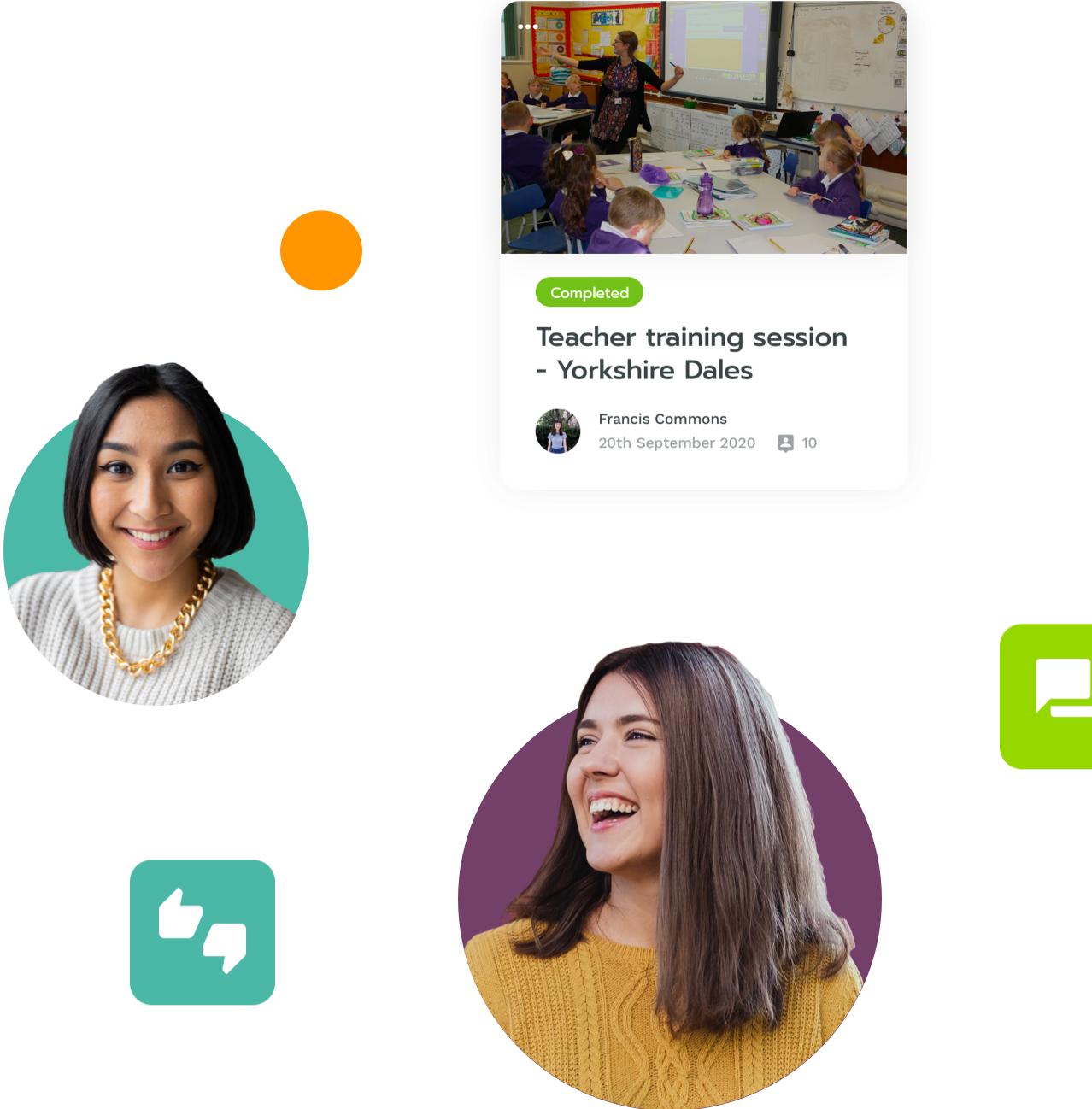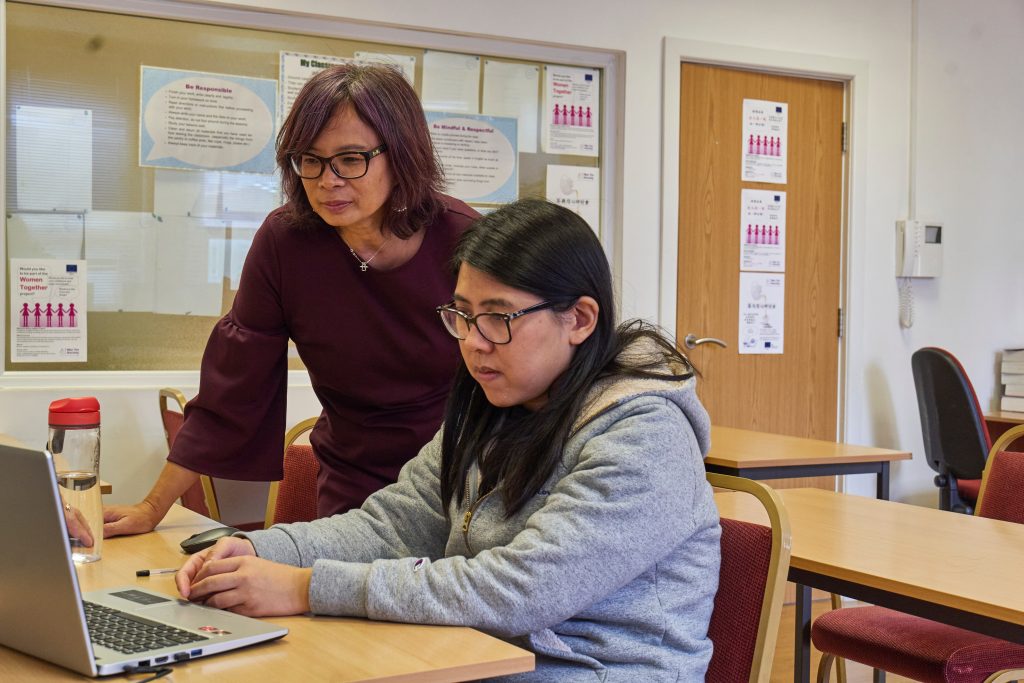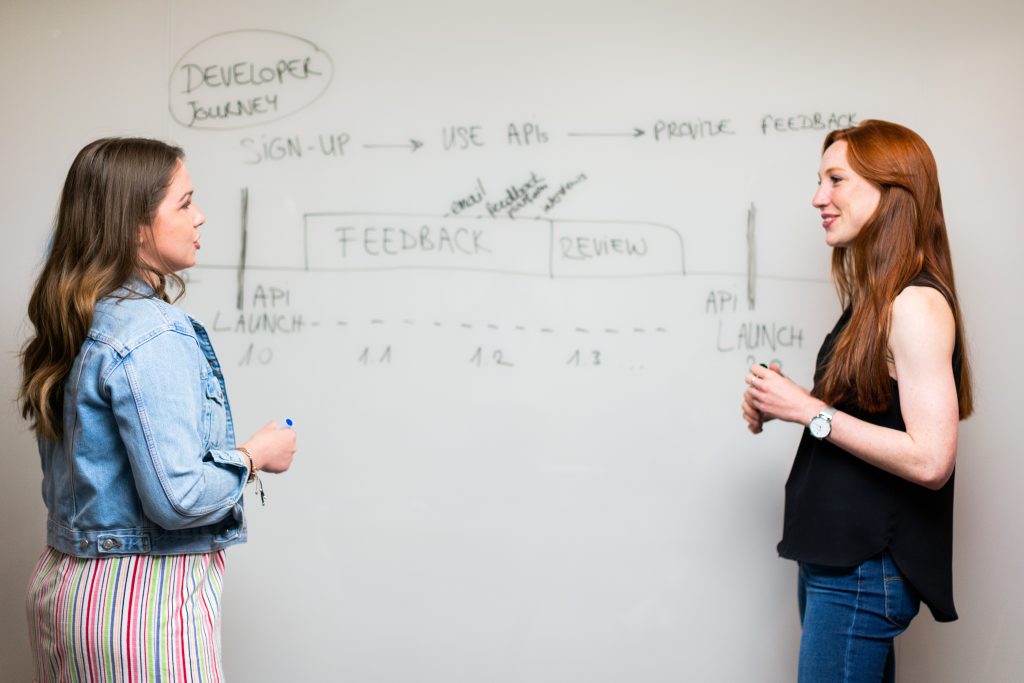Throughout history, major pandemics have always bred innovation. This time around is no different, especially when it comes to classroom activities in schools. So how are teachers around the world developing ways to cope with 'learning loss' and overcome challenges to the social norm?
Institutions across the globe are beginning to re-open and recover after the COVID-19 pandemic. However, many parents, teachers and children are still feeling the effects of remote learning and the educational shortfalls that came from it.
In many countries, including the US, there’s a focus on making up for the so-called “learning loss” caused by the pandemic. But this approach has received recent criticism as it risks alienating students by focusing on fixing what went wrong. Instead, a growing number of school districts are moving forward with new, adaptive learning methods.
Here, we will look at some of the ways that school districts across the U.S. can learn from other countries that are reinventing their learning processes in order to ‘build back better’.
Agile Learning
Agile working has a long history in fast-moving software and service industries. But recent adaptation into learning processes has brought agile learning into the classroom.
In a learning capacity, agility refers to the application of flexible, collaborative methods that promote creative thinking and problem solving in students.
In Singapore, many educational institutions are focusing on ‘Agile’ learning in the wake of COVID. Focusing on how learning happens and developing new ways of teaching to fit around this. For example, at Nanyang Polytechnic, the institute is piloting a module-less approach to some of its courses. These courses focus on ‘competency units’ and real-world skills instead of studying simply to pass exams.
Student Agency
The concept of student agency is centred around self-learning. This method focuses on giving students the ability and confidence to direct their own learning journeys from a young age. By doing this, students receive learning opportunities that are aligned with their own interests, desires and future career goals.
This process is already embedded into curriculums around the world.
In New Zealand, the education board places a strong emphasis on agency. This is shown in the national curriculum, which states that students are to be given learning strategies that provide them with the ability to “take control of their learning”.
Modern developments in technology have made it easier than ever to nurture student agency. VEO’s video tagging software allows students to improve their agency by recording and tagging their own videos on our app. This lets students reflect on their own performance, guiding change through self-evaluation.
Recovery Funding
Earlier this year in the U.S., the Biden administration released the long-awaited ‘American Recovery Act’.
This bill aimed to deal, in part, with helping the education sector to recover from COVID related ‘learning loss’. As we mentioned earlier, ‘learning loss’ is a controversial phrase with negative connotations. However, this funding has the potential to drastically improve the education of U.S. students.
Recent research into U.S. school reforms has proven a strong link between school funding and improved school completion rates. With this in mind, the Recovery Act funding will allow schools to better cater to the needs of students. By investing in new classroom technology and improved teacher training methods, districts are helping to close the ‘digital divide’ between students of privileged and under-privileged subgroups.
Invest in Classroom Tech
While remote classrooms have come leaps and bounds since the start of the pandemic, there is still lots that can be done to help learners. In response to this, institutions across the UK, Europe and U.S. have implemented modern technology into their classrooms.
Whether teaching in person or online, modern technology such as VEO’s video tagging software can help to maximise students’ learning potential.
In online teaching situations, VEO enables teachers to provide creative, engaging video-based activities. These activities allow teachers to direct fully interactive sessions with several students at a time.
Students and teachers can also use video tags to highlight areas where they need to develop. This has proven beneficial in situations where students are missing in-person observations.
If your students have migrated back to the classroom, video tagging software can be a valuable addition to your teaching toolbelt. Read our blog: Returning to the classroom: Utilising VEO for more information on how VEO can be implemented in classroom learning situations.
Want to invest in your classroom?
VEO’s unique video tagging software can give students invaluable visual feedback no matter where they are, creating lightbulb learning moments in what they do.
Get in touch to arrange a demo with one of our friendly team.
